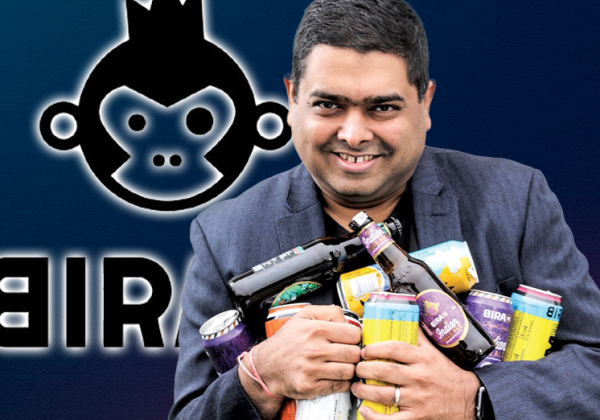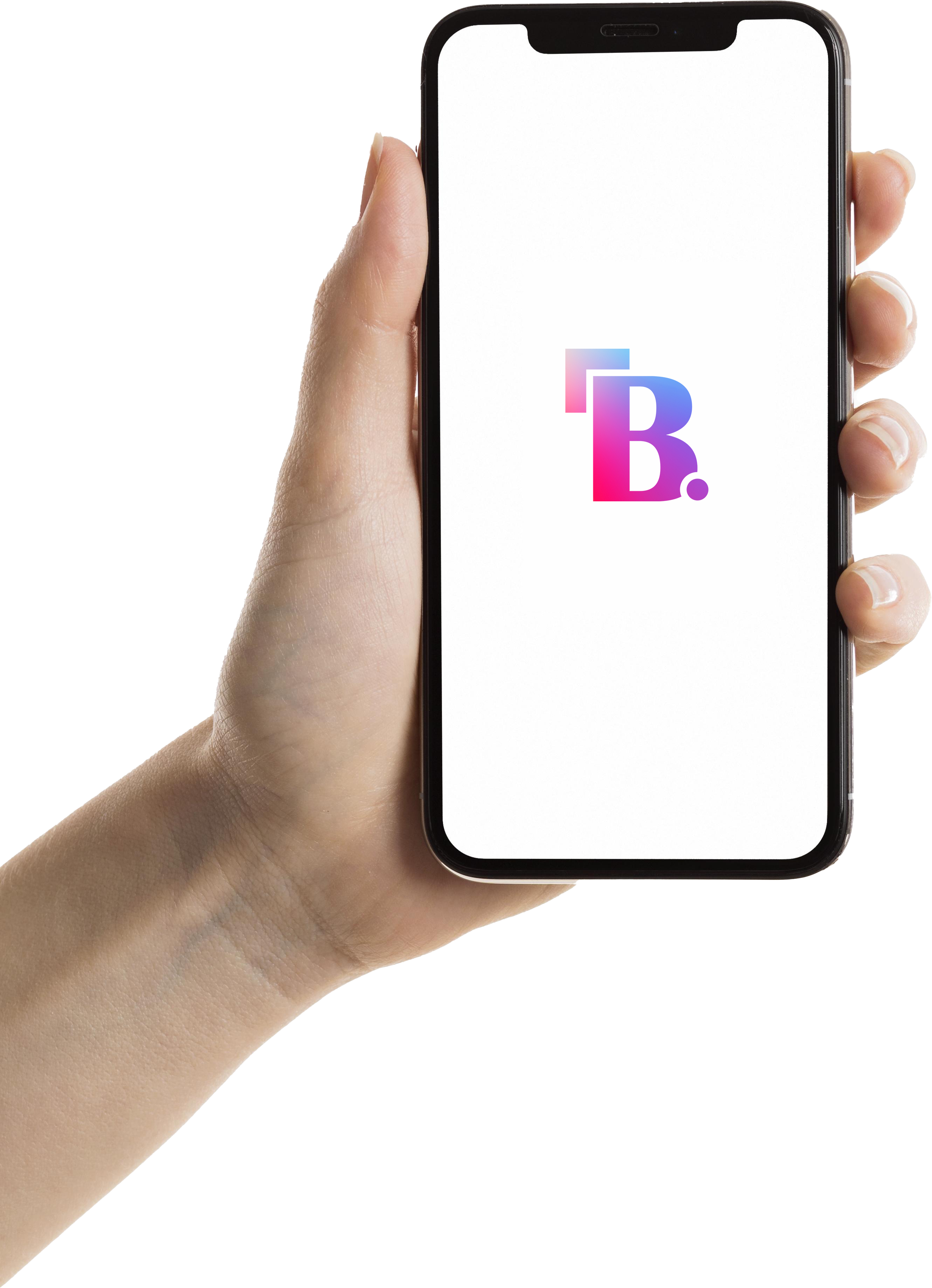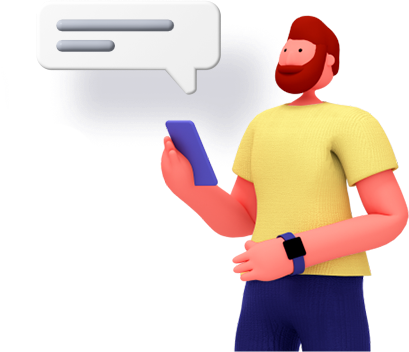Pepsi Marketing Strategy - Complete Case Study
Inside Pepsi’s Marketing Strategy: Lessons From The Challenger Brand
Few brands have stood toe-to-toe with an industry titan as successfully as Pepsi has with Coca-Cola. Despite starting as an underdog, Pepsi has grown into a global powerhouse, achieving impressive milestones like generating $79 billion in net revenue in 2021.
So how did a soda initially crafted as a digestive tonic become an emblem of pop culture, youth, and celebration? How did Pepsi manage to carve a massive space in a market dominated by Coca-Cola? Let’s unpack Pepsi’s marketing approach and the lessons it offers for businesses aiming to disrupt giants in their industries.
The Birth of Pepsi
The journey began in 1893 in New Bern, North Carolina. Caleb Bradham, a pharmacist, concocted a drink he called “Brad’s Drink,” initially designed to help digestion. Its popularity quickly grew, prompting Bradham to rename it Pepsi-Cola. By 1910, the brand had expanded, with over 240 bottling franchises operating across 24 states.
But success wasn’t linear. Economic turbulence after World War I led to skyrocketing sugar costs, pushing Bradham into bankruptcy in 1923. The brand passed through different owners until Charles Guth of Loft Inc. revived it. Guth’s acquisition and strategic decisions laid the groundwork for Pepsi’s eventual rise.
During World War II, Pepsi rebranded with a red, white, and blue logo, aligning itself with American patriotism. This was a pivotal step in shaping Pepsi’s identity as more than just a beverage—it was becoming part of cultural sentiment.
Lessons from Pepsi’s Marketing Missteps
Even an iconic brand like Pepsi has stumbled. Two of its major marketing misfires illustrate how critical it is to understand the cultural moment and consumer perception:
1. Live For Now Moments Anthem (2017)
In a bid to connect with social movements, Pepsi launched a campaign featuring Kendall Jenner, attempting to link the brand to protests reminiscent of the Black Lives Matter movement. Instead of striking a chord, the ad was accused of trivializing serious issues, sparking public backlash and forcing Pepsi to retract it and issue an apology.
2. Crystal Pepsi
Launched as a transparent, “healthier-looking” cola, Crystal Pepsi was supposed to revolutionize soft drinks. Yet, it confused consumers and quickly lost momentum. Coca-Cola cleverly countered with “Tab Clear,” sowing further confusion and contributing to Crystal Pepsi’s short-lived existence. It’s a classic example of how even innovative ideas can fail if consumers don’t connect with them.
Battling Coca-Cola: The Bottle Lawsuit
In 2010, Pepsi found itself in legal combat when Coca-Cola accused it of copying the distinctive contour design of Coke’s glass bottle. Pepsi successfully defended itself, preserving its ability to differentiate its packaging—a reminder that brand identity extends even to shapes and physical design.
Pepsi’s Modern Marketing Mix
Despite past challenges, Pepsi’s marketing mix today is a masterclass in adaptability, diversity, and consumer-centric strategy.
Product Strategy
Unlike Coca-Cola, PepsiCo doesn’t just focus on beverages—it’s a powerhouse across both drinks and snacks. Its portfolio spans 23 brands, including Pepsi, Mountain Dew, Tropicana, Lipton teas, and snack giants like Doritos, Lays, and Cheetos.
Pepsi tailors its products for local markets, investing heavily in innovation to create flavors and product lines that resonate globally. From Diet Pepsi to region-specific options, Pepsi continually evolves to match consumer preferences.
Pricing Strategy
Pepsi follows a mix of value-based and geography-driven pricing. Soft drinks are typically priced competitively, while premium products like Tropicana or Pure Leaf command higher price points.
The brand also employs bulk discounts and promotional pricing to attract both retailers and end consumers, ensuring affordability while retaining brand prestige.
Promotional Strategy
Pepsi’s marketing is synonymous with youthfulness, pop culture, and celebrity glamour. Whether partnering with music icons, sports superstars, or rolling out witty ads, Pepsi consistently aligns itself with contemporary trends.
Memorable campaigns include:
-
The Pepsi Challenge (1975): A blind taste test that famously showed many preferred Pepsi over Coca-Cola, shaking Coke’s market dominance.
-
Michael Jackson’s “New Generation” ads (1984): A partnership that supercharged Pepsi’s cultural relevance.
-
Cindy Crawford’s iconic 1992 ad: Demonstrating how even simple visuals can become part of brand lore.
-
The Gladiator ad (2004): Featuring Beyoncé, Britney Spears, and Pink in a spectacular musical showdown.
Distribution Strategy
Pepsi’s products are found virtually everywhere. From convenience stores to restaurants, vending machines to supermarkets, Pepsi ensures availability wherever its consumers go.
A significant competitive edge comes from PepsiCo’s ownership of fast-food partners like Pizza Hut and KFC, which often exclusively serve Pepsi products, reinforcing visibility and consumption.
What Makes Pepsi’s Marketing Stand Out?Youthful Brand Positioning
Pepsi positions itself as the drink for the young and the young-at-heart. By leaning into music, fashion, sports, and internet culture, it maintains an image that’s fun, trendy, and culturally aware.
Celebrity Power and Sponsorships
Pepsi understood the power of celebrity endorsements before influencer marketing was even a buzzword. From Michael Jackson to Cardi B and Lionel Messi, Pepsi has leveraged star power to connect with fans and build emotional connections.
It’s also deeply invested in sports sponsorships, partnering with:
-
NBA
-
UEFA Champions League
-
IPL cricket
-
Major international footballers
Such alliances embed Pepsi into the cultural moments fans cherish.
Digital and Social Media Savvy
Pepsi is active across all digital platforms, running viral campaigns, hashtags, contests, and influencer partnerships. Its content is humorous, conversational, and tailored for maximum engagement—a vital strategy for staying relevant among younger demographics.
Global Accessibility
Pepsi’s presence in over 200 countries ensures its products are accessible worldwide. Its well-crafted distribution networks and strategic partnerships make it easy for consumers to grab a Pepsi wherever they go.
Expansive Product Portfolio
Finally, Pepsi’s strength lies in its diverse range of products. By offering healthier alternatives like low-sugar beverages, fruit juices, and nutritious snacks, it appeals to both indulgence seekers and health-conscious consumers.
Key Lessons for Entrepreneurs
-
Know your audience: Like Pepsi, anchor your brand in clear consumer insights. Whether you’re youthful and fun or sophisticated and premium, define your personality.
-
Watch your competitors: Stay alert to competitive moves and be ready to pivot or innovate.
-
Leverage influence: Influencer partnerships can supercharge brand recognition.
-
Diversify wisely: A diverse portfolio can shield your brand from market shifts.
-
Adapt your messaging: Cultural awareness is crucial. Pepsi’s missteps remind us that even good intentions can misfire if not properly aligned with the public sentiment.
Pepsi’s story is a reminder that challengers can thrive—even alongside giants. It proves that the right mix of creativity, adaptability, and cultural connection can turn a soft drink into a global icon.
If you’re building a brand in a crowded market, look to Pepsi not only for inspiration—but also as a guide on how to avoid pitfalls and keep your brand fresh, relevant, and loved.
Popular Posts

OM Redox - Your Oxygen Box
OM Redox Your Oxygen Box is a convenient, portable oxygen provider, ready to use at the touch of [...]

Best Website Development Technology
PHP is often regarded as one of the best technologies for website development due to its flexibil [...]

Bira 91 Markeing Strategy- First Craft Beer of India
Beer enthusiasts are well aware of the wide range of options available, whether they're at a bar [...]




